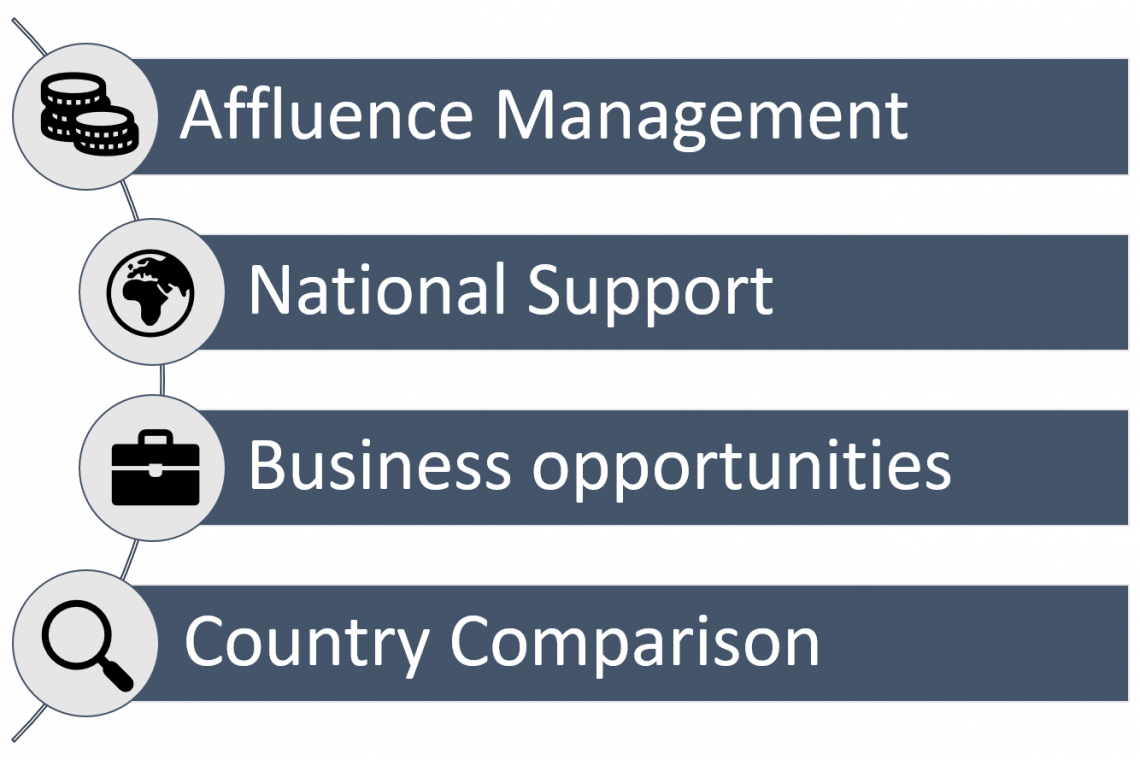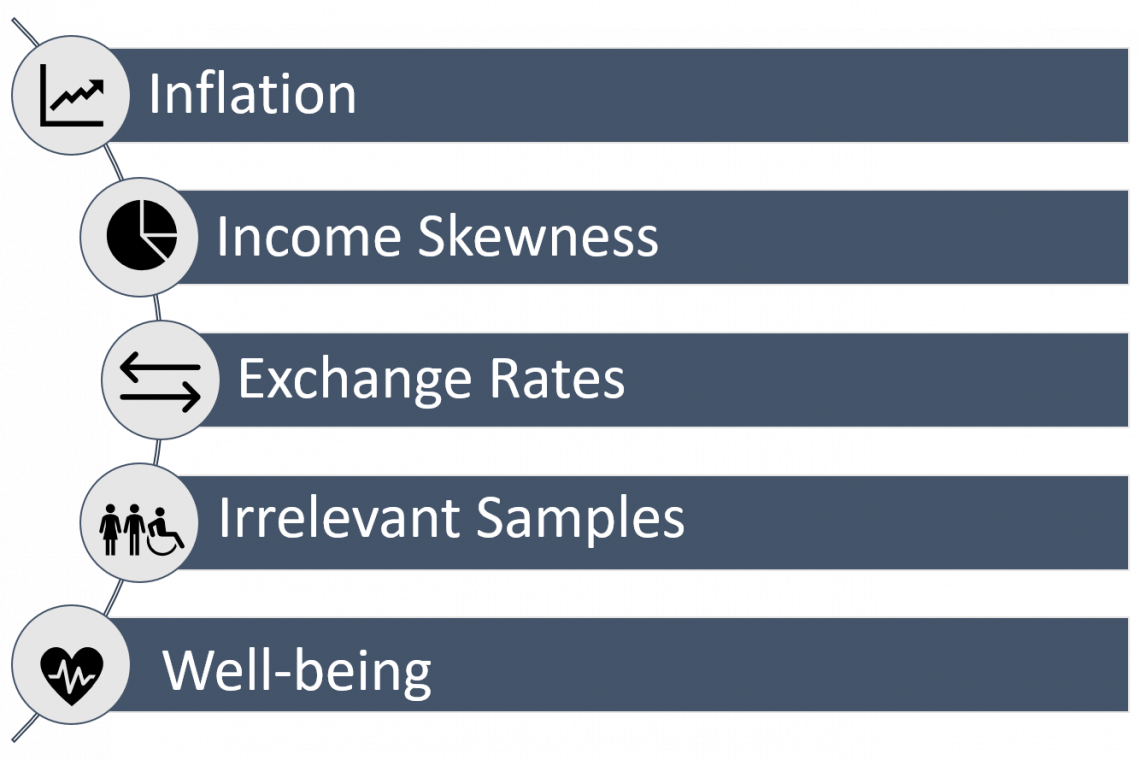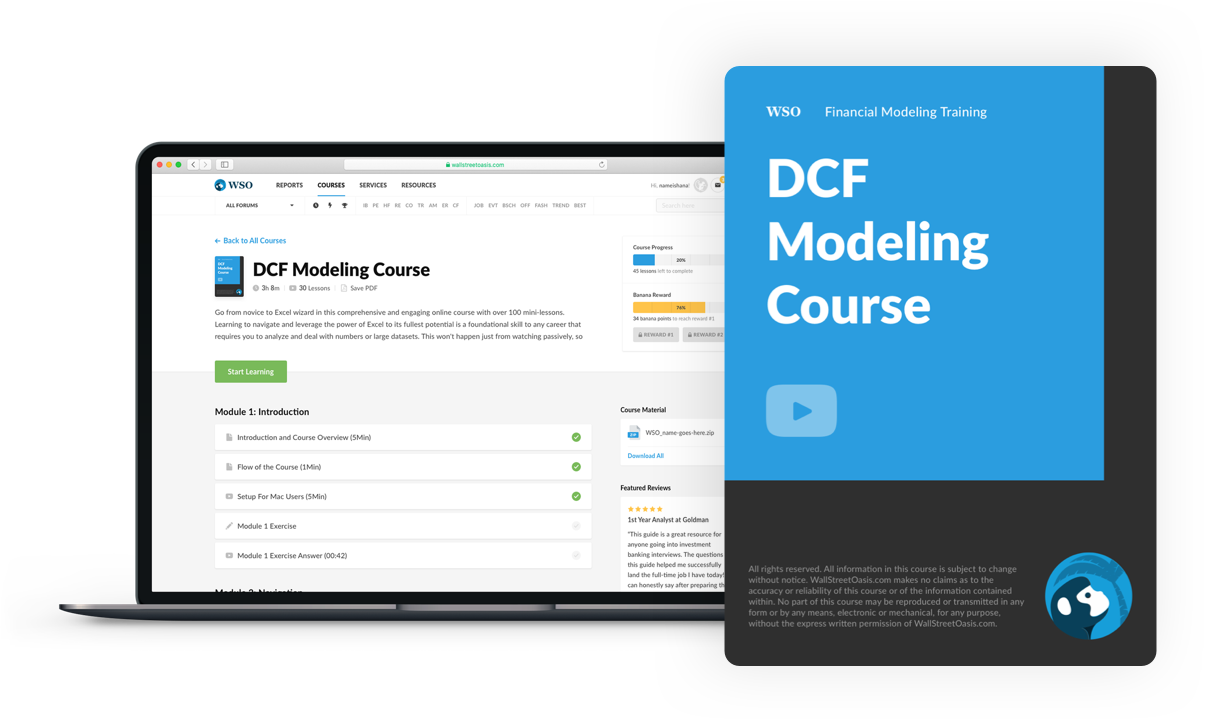
Per Capita Income (PCI)
Denotes how much each person is earning in a certain country during a specific period.
By dividing the country's national income by its population, we can determine each person's average income or what is known as 'Per Capita Income (PCI). It denotes how much each person earns in a particular country during a specific period.

Average income counts each person as a member of the population that is being targeted (including newborn babies and children), which makes this indicator less accurate.
In contrast, other measurements, such as the "household income," counts all members living under the same roof as a household.
Another measurement used is the "family income," which counts those related by birth, marriage, or adoption and living under the same roof.
These measurements enable researchers to determine an area's prosperity, living conditions, and quality of life in the targeted country.
Average income is usually denoted in a hard currency such as the Euro or US dollar. It is widely known and accepted as a measurement tool for living standards in countries.
Average income is commonly used due to the ease of calculations already determined from the gross domestic product (GDP) and demographic estimates. Moreover, it helps determine how wealth is divided among different territories. It is also helpful in assessing the affordability of an area.
Example
The formula is:
Per Capita Income (PCI) = National Income/ Total Population
To calculate the average income for a specific country, we first have to determine its national income for the year targeted. For example, assume a country with a national income of $300 trillion and a population of 100 million in 2019.
By applying the formula, we have:
$3,000,000,000,000/ 100,000,000 = $30,000
According to the calculations, this country had an average income of $30,000 in 2019.
Per Capita Income (PCI) in the United States
The US Census Bureau calculates the average income in the United States. Revising their calculations each September, the survey collects data regarding the average income every ten years.

The census takes the total income for each person (15 years old or above) and derives the average of the data. The income sources used and collected during the survey are:
- Earned income (wages, salaries)
- Interest income (return on investments)
- Dividend payments
- Income from trusts
- Social aid (welfare, disability benefits, etc.)
Surprisingly, some significant sources of income are ignored in this measurement, such as:
- Income from borrowings
- Food stamps
- Tax refunds
- Medical care
- Capital gains
Due to a large number of income sources being ignored, it is noticeable that this measurement concludes fewer numbers (less income per person) than other relevant measurements.
For instance, in 2020, the census stated an average income of $35,384. However, the average household income for the same year was $64,994
This gap does not deny the fact that each metric has its benefits. For example, this can help estimate the average income for a large population such as the United States.
While using household income, we can determine the average income disparity in a specific area as it eliminates irrelevant income figures that could skew the data.
The Per Capita Income metric could fail to account for inflation, income disparity, poverty, wealth, or savings.
Advantages

Using the average income metric could have a few advantages that would come a long way in analyzing and improving a country's situation. Some of these advantages are:
1. Affluence Management
Using the average income tool allows researchers and leaders to determine how much each person earns yearly. This tool will enable leaders to decide their economic strategies and missions.
When it increases, leaders will be able to work on maintaining their economic strategies as they seem to be performing well. However, when it starts to decrease, they should begin analyzing the situation to understand the reason behind the drawback and work on fixing it.
2. National Support
When applying the average income tool, assessing which countries need financial aid is more accessible. Countries with a low average income and weak wealth distribution may require financial strategies and programs to escape their economic mysteries.
3. Business Opportunities
Corporations planning to expand their markets must study the potential needs before deciding. They tend to view the average income of each country and city to understand their populations' purchasing power better.
Better PCI means better purchasing power. Thus, corporations will desire to expand into countries and cities with better purchasing power or a higher average income to maximize their profits. This expansion leads to better industrialization and development of the state/ country.

4. Country Comparison
Large countries with massive populations, such as India and China, may have a high GDP, but that doesn't mean that per capita income in these countries is tempting.
Luxurious companies such as Ferrari may not be encouraged to open their stores in such countries as people in these countries may prefer low-budget alternatives.
Businesses like these should aim for countries with good purchasing power or on the right path to a high average income.
Disadvantages

Using the average income metric could be very beneficial, but since nothing is perfect, there are always some drawbacks. Some of the disadvantages of using this metric are:
1. Inflation
When accounting for an average income using its metrics, inflation may be ignored, and the calculations won't be accurate. However, increasing inflation rates means more average income doesn't need to suggest better purchasing power.
Thus, using this tool will not show the real purchasing power when inflation rates fluctuate and will sometimes overestimate the growth.
2. Income Skewness
It estimates the mean national income, which means the figures aren't perfect. This is due to imperfect income distribution between households in the country.
Some households may earn less than the average income, while others make much more.
3. Exchange Rates
Although using this tool in accounting for national average income may sound like a good idea, that's not the case with international comparisons. This tool may ignore the different exchange rates in each country.
This ignorance may lead to misleading presentations of living standards and quality of life in some countries. Instead, average income should consider the purchasing power parity between countries.

4. Irrelevant Samples
When trying to estimate the average income in a specific country, the obvious thing would be to assess the numbers based on those earning an income, right?
As mentioned earlier, this tool accounts for members of the population who aren't earning an income as part of the calculation (newborns, children, unemployed adults). As a result, these calculations lead to inaccurate estimates and misleading results.
5. Well-being
The average income can not measure the overall well-being of a community on its own. Other factors may play a big part in the welfare of a community, such as work hours, work conditions, health benefits, and much more.
Thus, when applying the average income metric to measure the well-being of a country, it is encouraged to recognize that it's what it is, a "metric." Thus, other metrics should also be considered when studying the standards of life in a country.
Bottom line

It is an effective tool for measuring the welfare of a specific country. It helps estimate the average income of each person in a country to a particular limit. With its ease of calculation, it is a widely used metric by researchers and economists.
It is also one of the three measures for calculating a country's Human Development Index (HDI) to state its development report.
Different income sources are included when calculating the average income, such as interest income, earnings, etc.
However, several essential income sources are neglected, with the most surprising source being capital gains. Thus, other metrics should always be considered when measuring the standards of life in countries.
Despite the many advantages that the average income tool provides, such as:
- Wealth management
- National support
- Business opportunities
It also has some drawbacks that should be considered, such as:
- Inflation
- Income skewness
- Exchange rates
- Irrelevant samples
- Well-being
Finally, to come up with accurate results and make optimized decisions, the average income tool should be used along with some other metrics, such as the income by region and poverty numbers, for better and more accurate results.
Combining the results of these different metrics will lead to precise findings when measuring the welfare of a country.
According to Statisticstimes, the PCI of other countries in descending order for the year 2021 was
| Country | PCI | Rank |
|---|---|---|
| Luxembourg | $131,302 | 1 |
| Ireland | $102,394 | 2 |
| Switzerland | $93,515 | 3 |
| Norway | $82,244 | 4 |
| United States | $69,375 | 5 |
| Iceland | $68,844 | 6 |
| Denmark | $67,920 | 7 |
| Singapore | $66,263 | 8 |
| Australia | $62,619 | 9 |
| Qatar | $61,791 | 10 |
FAQs
The average income tool accounts for all members of a specific population. Thus, the calculations count children, newborns, and even people without jobs.
Average income is used to estimate the income of each individual in a country. Thus, it shows the numbers related to each person living in the country.
Per capita income is a metric used to calculate the average income of individuals in a specific country. Therefore, the average income is just another term for per capita income.
Per capita income allows economists to determine each country's state of life conditions by estimating its population's average income and purchasing power.
To calculate a country's average income, look for the country's national income for the targeted period. Then, divide the national income by the total population of the country.
According to recent numbers in 2021, Luxembourg has the highest PCI, estimated at an impressive $131,302.
According to Statista findings, in 2021, Burundi recorded a PCI of $272.14, regarded as the lowest in the world that year.
It is a measurement used to determine the average income of a specific country in a particular year.

Everything You Need To Master DCF Modeling
To Help You Thrive in the Most Prestigious Jobs on Wall Street.


or Want to Sign up with your social account?